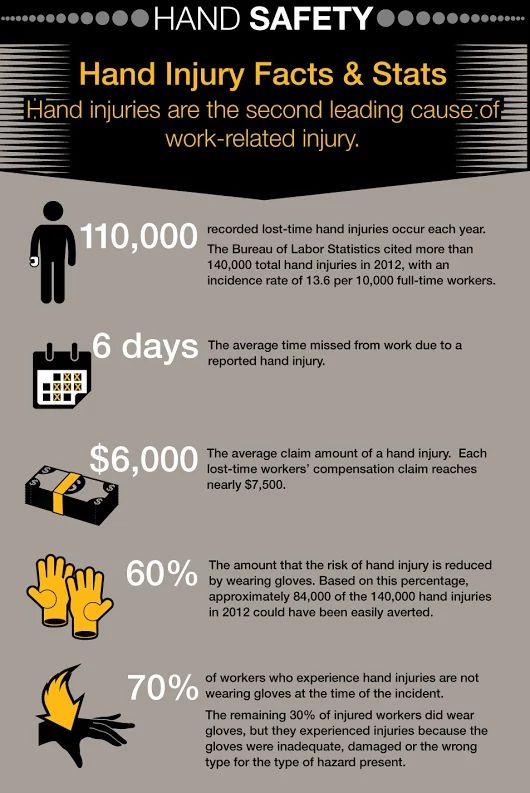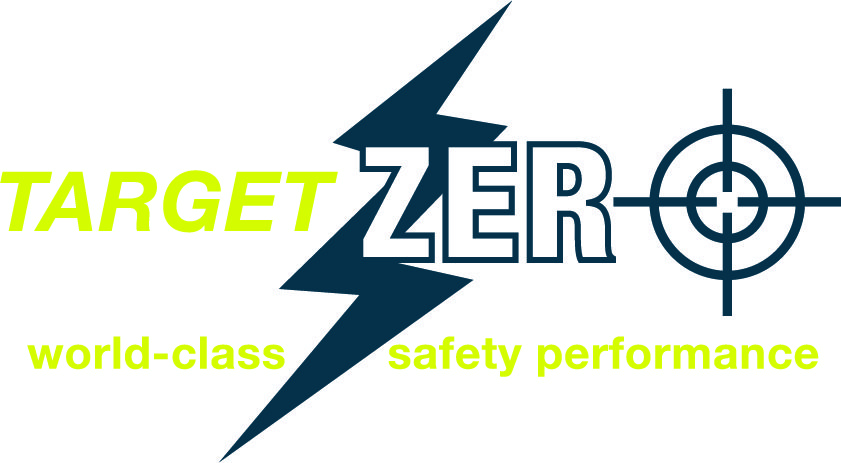Do you know what one of the most frequent injuries in the electrical industry is, it’s lacerations and hand injuries. The hand is one of the most incredible tools that humans are given right from birth — the energy that runs through you when a newborn baby wraps his whole hand around your finger is extraordinary. If something were to happen to your hands, chances are that you could learn to adapt your daily routines, but it would most certainly be a life-changing experience.
Common injuries that can affect the hands include: Tendon Injuries and Disorders:
Tendons are the strong connective tissues that attach the muscles to adjacent bones. If they get injured or damaged, it can cause loss of movement, pain, and swelling. Tendon injuries can include:
• Tendonitis (inflammation or irritation of the tendon tissue) resulting in pain and loss of movement. Tendonitis commonly occurs from repetitive movements.
• Extensor tendon injuries occur when the extensor tendons (at the back of your fingers and thumbs) get torn, cut, or detached. These tendons allow your fingers and thumbs to straighten and perform movements but can become injured due to trauma or arthritis.
• Flexor tendon injuries occur when the flexor tendons attached at the palm side of your fingers and thumb get cut or ruptured. These tendons allow your finger and thumb joints to bend, grasp, and perform fine coordinated movements. Laceration scan often cause flexor tendon injuries.
• Trigger Finger/Trigger Thumb is a common condition which occurs when the tendons in the thumb or fingers do not glide smoothly. It causes the tendons to catch or get trapped when the fingers or thumb bend, making it difficult to straighten them back out. The feeling can also be described as locking of the joint.
Nerve Injuries can result from cuts, pressure, overstretching, or trauma injuries. The nerves transmit messages to and from your brain and hand, allowing you to feel pain, pressure, and temperature. If the nerves become injured, they cannot transmit signals leading to a lack of sensation and/or movement.
Dislocations in the hand or fingers can occur when a force causes the bones at the joints to move out of position. The most common causes of hand dislocations include sport and work-related injuries, falls, and motor vehicle accidents. Symptoms can include extreme pain, loss of motion and sensation, and deformity. The bones may need to be realigned by a doctor.
Fractures (broken bones) often occur from a direct impact or trauma, such as from using your hands to break a fall Symptoms include pain, swelling, tenderness, and bruising. Often, you will be unable to move the fractured area due to extreme pain and loss of function.
Tips to prevent hand injuries: There are three primary steps to preventing hand injuries that will help in any workplace: PPE, awareness, and training.
1. Most hand injuries are the result of not wearing gloves or of wearing the wrong gloves for the job. Make sure workers have access to quality gloves that fit well and are right for the task. Establish a zero-tolerance policy for overlooking this safety protocol.
2. Awareness requires a two-pronged approach: Workers need to be aware of potential risks and how to avoid them. Additionally, they need to stay aware of their surroundings and how they’re moving through them. Common causes of workplace injuries are distraction, fatigue, or not paying attention. Encourage workers to always be aware of where they put their hands and the potential risks in their environment. Eliminate distractions or hazards like clutter.
3. Increase awareness and best practices with safety training. Statistics show that safety training works—frequent but short reminders like toolbox talks daily huddles reminders or safety moments keep well-being at the forefront. These refreshers are particularly important for younger or less experienced workers.
Keep in mind, Weifield’s basic safety requirement is the proper personal protective equipment every day, no excuses, which means gloves 100% of the time when performing work tasks.






